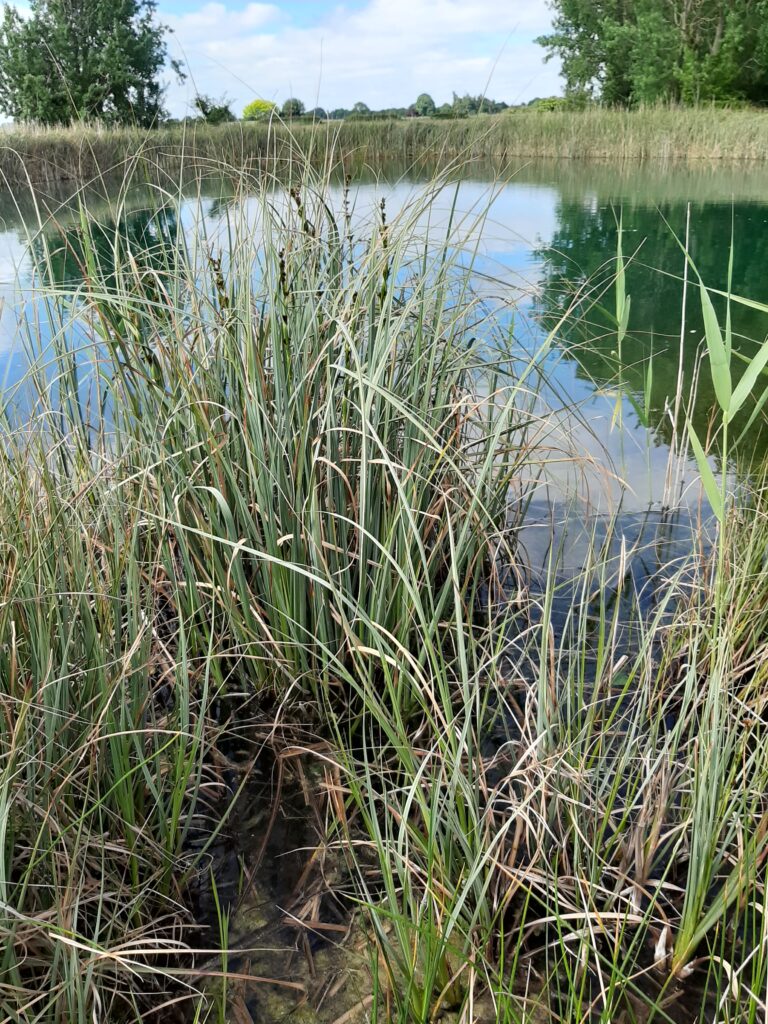Hell Kettles
21 st of June 2022 was the longest day in the Northern Hemisphere and our club members were
walking, recording flora and fauna in the Hell Kettles. Famous botanists of Darlington, Stephen
Robson (1777), Dr.R.Taylor Manson (1884), J.B.Nicholson (! 929) visited and recorded plants at
Hell Kettles. There were two theories about the origins of these kettles. There were movement
of glacier at varying speed on undulating terrain. Melting of glacier occurred by the sun and
underground warmth, eventually surface collapsed creating the kettles. But our past geologist
president Taylor Manson explained that the Hell Kettles situated on a strata of alluvial clay,
gravel, Red sandstone, Magnesian limestone. A series of cavities in the magnesian limestone
filled with water, which was under pressure, caused the gravel and clay roof to force outward
by water and compressed gases, forming these kettles. There were four kettles until 1896 map,
then 1967 map showing only two kettles.
12 members and a visitor started the walk in a warm evening with a comfortable 18 degree
Celsius temperature. We appreciated the richness of flora and fauna. Here the soil changes
from acid, neutral to alkaline, so we found Great Fen-Sedge Cladium mariscus, Tubular Water-
dropwort Oenanthe fistulosa, Lesser Water-parsnip Berula erecta, Blunt-Flowered Rush Juncus
subnodulosus growing close to the margin of Croft Pond. Water is alkaline here and that
supported two types of Chara hispida and Chara vugaries. As we walked towards Double Kettle
limestone vegetation appeared demonstrating underneath geology. Here Lady’s Bedstraw
Galium verum, Betony Stachys officinalis and Common Spotted orchid Dactylorhiza fuchsii
recorded along with many sedges and grasses, rushes and ferns. Among the butterflies
Meadow Brown, Common Blue and Yellow Shell Moth, Ghost Moth, Blood vein Moth, Chimney
sweeper has been recorded by Martin. Jill recorded one fungal species Ramularia on Greater
Bird’s-foot-trefoil, 1 st time found here, Thistle Tortoise Beetles are usually found on Creeping
Thistle but here they were also numerous on Knapweed, also an adult on Marsh Thistle
recorded. A beautiful Azure Damselfly was photographed by Jill. Brian Wood recorded the birds
heard(h)orseen(s),Crows,Swallow,SandMartin,Heron,Blackbird,Chaffinch,
Pied Wagtai,Swift,Magpie were seen and Willow Warbler,Sedge Warbler,Buzzard were heard
by the keen ornithologists.Plants were recorded by Mary Atkinson,Derek Risbey,Lynne
Heslop,Sue Weston,Fleur Miles and Ian Bond. Here we witnessed some plants surviving over
200 years. Botanical recordings showed that we have lost and gained some plants. My sincere
thanks to everyone for visiting Hell Kettles.

